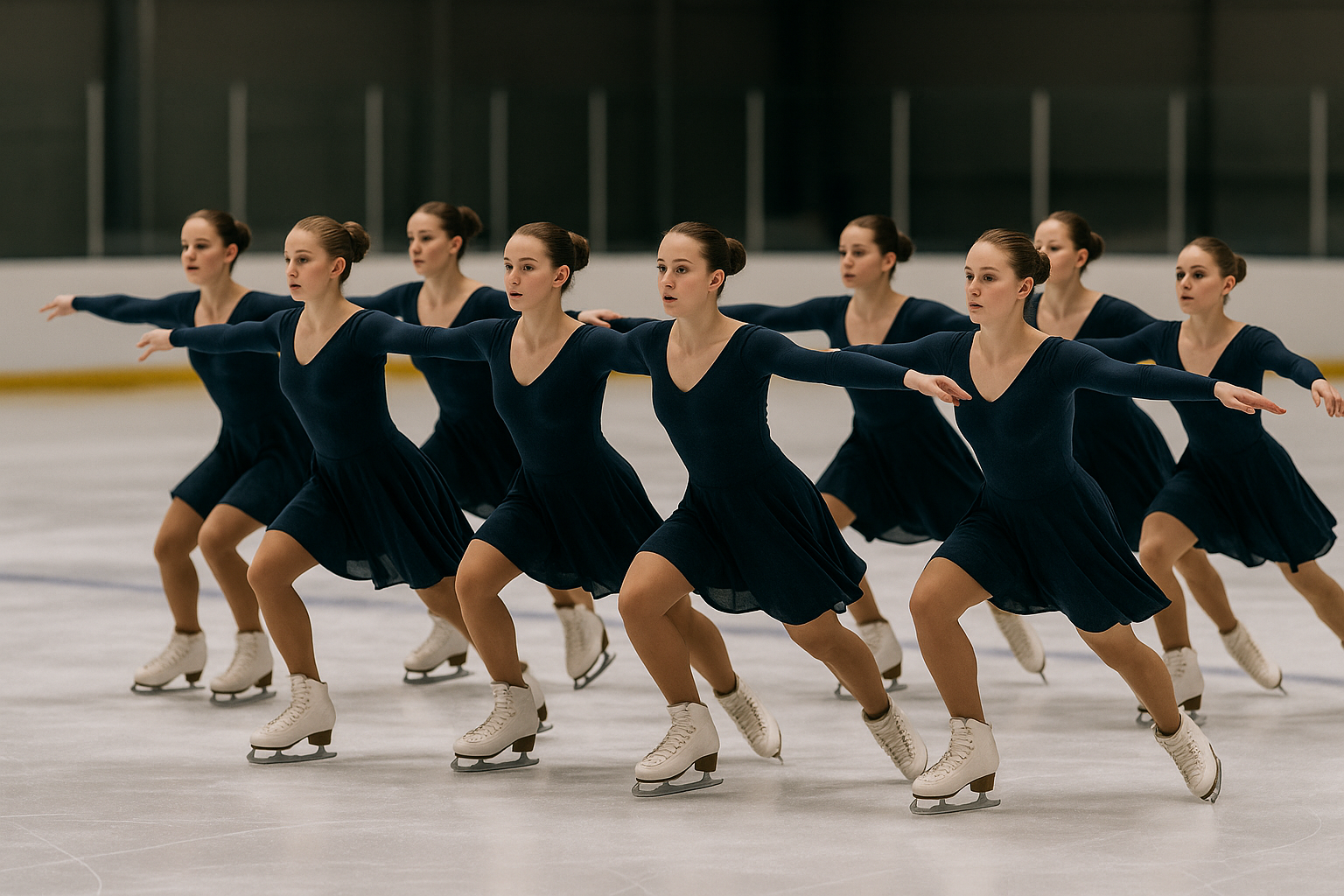Breaking the Ice: An In-depth Analysis of Synchronized Skating
Synchronized skating, a captivating blend of precision, athleticism, and artistry, has been carving its niche in the sporting world. Combining the grace of ballet, the agility of figure skating, and the synchronicity of a well-oiled machine, this sport has evolved into a mesmerizing spectacle.

Synchronized skating’s history is as unique as the sport itself. A century ago, it was not recognized as a standalone discipline. Dr. Richard Porter, a Michigan-based physician and figure skating enthusiast, is credited with pioneering the sport in the late 1950s. He envisioned a team-based figure skating variant that would match the camaraderie and team spirit found in other sports. His vision materialized into the first synchronized skating team – the Hockettes.
Fast-forward to the present day, and synchronized skating has evolved from a half-time show to a competitive sport with its world championship. It is a testament to the sport’s growth, appeal, and the athletes’ skill and dedication.
Current trends in synchronized skating revolve around pushing the envelope on complexity and athleticism. Teams are incorporating increasingly intricate formations and challenging elements into their routines. A balance between maintaining synchronicity and executing these high-risk maneuvers is a testament to the athletes’ skill, discipline, and intense training.
Synchronized skating offers several benefits for athletes. It cultivates teamwork, discipline, and communication skills, essential not only in the sporting arena but also in real-life scenarios. It also promotes physical fitness, as the training regimen involves rigorous conditioning and strength training.
However, the sport also poses challenges. The precision required in synchronized skating demands intense physical and mental training. Athletes must master their individual skills while also learning to move as a unified body. Moreover, the sport is not yet recognized in the Olympic Games, limiting its exposure and resources.
Synchronized skating, despite its challenges, has real-world applications. It is an excellent platform for cultivating life skills such as teamwork, discipline, and resilience. It also encourages physical fitness and healthy lifestyle choices.
In conclusion, synchronized skating is a captivating sport that combines athleticism, precision, and artistry. It has a rich history, a growing presence in the sporting world, and a future full of promise. As it continues to evolve and gain recognition, it serves as a testament to the power of teamwork, discipline, and the human spirit.



